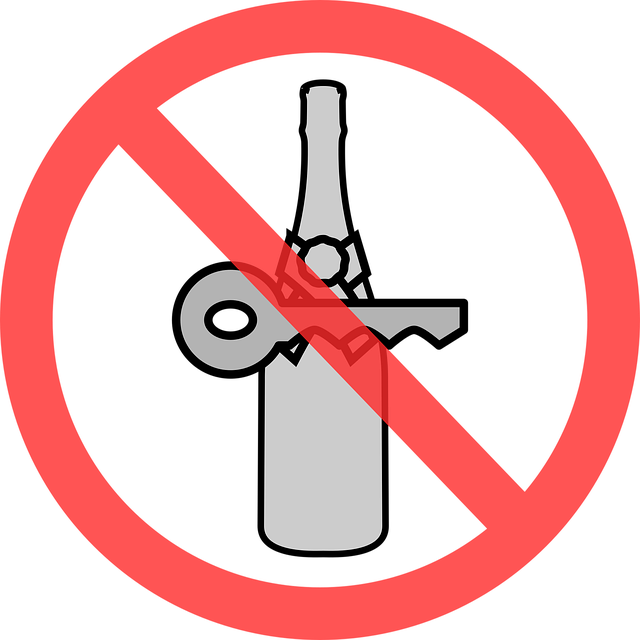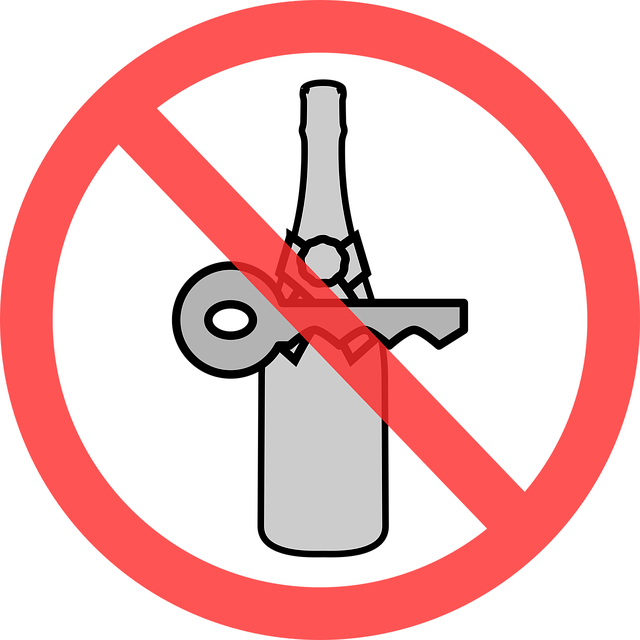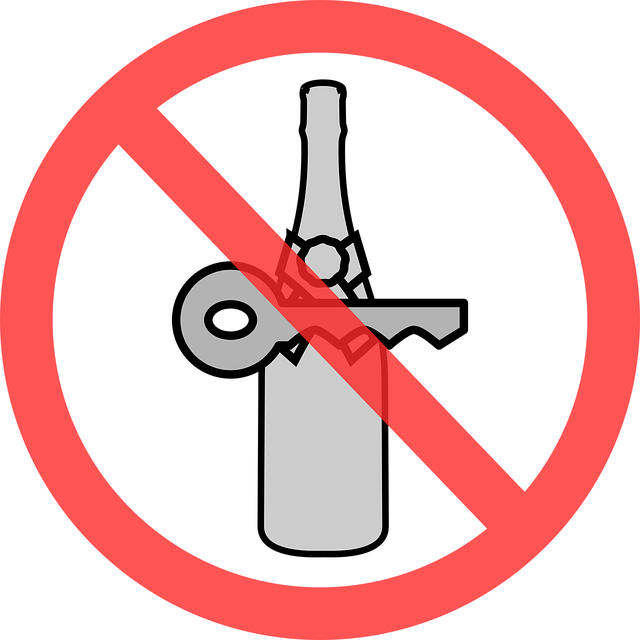Global impaired driving presents unique challenges due to cultural, legal, and enforcement differences. High-risk reoffenders with DUI history pose significant safety concerns, requiring a multifaceted approach. This includes improved international communication, technology-driven early interventions, stringent legislation, community education, and innovative tech solutions. Effective management involves comprehensive risk assessments, tailored interventions addressing mental health and substance abuse, reintegration programs, community engagement through public education and peer mentoring, and advanced tracking systems for proactive intervention and deterrence.
“Global Perspectives on Impaired Driving: Navigating Challenges and Shaping Solutions” explores the multifaceted issue of driving under the influence (DUI) worldwide. We delve into rising global trends, highlighting the unique challenges each region faces. The article focuses on identifying high-risk drivers and early intervention strategies to mitigate recidivism. It discusses evidence-based rehabilitation programs, emphasizes community engagement in prevention, and explores technology’s role in enhancing DUI management, particularly for high-risk reoffenders. Understanding these global perspectives is crucial for developing effective strategies to combat impaired driving.”
- Understanding Global DUI Trends and Challenges
- High-Risk Drivers: Identifying and Intervening Early
- Effective Rehabilitation Programs for Reoffenders
- Community Engagement in Impaired Driving Prevention
- Technology's Role in Tracking and Deterring Reoffending
Understanding Global DUI Trends and Challenges

The global landscape of impaired driving (DUI) presents unique challenges and trends that demand international attention. With varying cultural norms, legal systems, and enforcement strategies across countries, understanding global DUI patterns is essential for developing effective prevention and management solutions. One notable challenge is the high-risk reoffender dilemma; individuals who have previously been convicted of DUI are more likely to recidivate, posing significant safety concerns.
Addressing these issues requires a multifaceted approach. Improving global communication and information sharing among law enforcement agencies can aid in identifying repeat offenders and implementing targeted interventions. Additionally, leveraging technology for early intervention, such as mobile applications or GPS monitoring, could help manage high-risk individuals. Effective DUI management globally necessitates a blend of stringent legislation, community education, and innovative technological solutions to combat this pervasive problem.
High-Risk Drivers: Identifying and Intervening Early

High-risk drivers, particularly those with a history of DUI (drunk driving) offenses, pose a significant challenge to road safety. Identifying and intervening early on these individuals is crucial in preventing recurring incidents. Effective strategies involve comprehensive risk assessments and tailored interventions. By implementing robust programs for high-risk reoffenders, communities can significantly reduce the likelihood of future DUI-related accidents.
DUI management for high-risk offenders should encompass a multi-faceted approach. This includes mandatory education programs to raise awareness about the dangers of drunk driving, strict licensing restrictions, and regular monitoring. Additionally, providing access to treatment for alcohol addiction can be life-changing for these individuals, reducing the risk of reoffending and fostering long-term behavioral change.
Effective Rehabilitation Programs for Reoffenders

Rehabilitating high-risk reoffenders with impaired driving offenses is a complex task, but effective programs can significantly reduce recidivism rates. These individuals often face multiple barriers and underlying issues that contribute to their behavior, including mental health problems, substance abuse, and social marginalization. Tailored interventions should address these co-occurring conditions through comprehensive treatment plans. Cognitive-behavioral therapy, motivational interviewing, and peer support groups have proven effective in changing driving behaviors and improving overall well-being.
Reintegration into society and the workforce is another critical aspect of successful rehabilitation. Providing educational and vocational training opportunities, along with mentorship programs, can empower high-risk reoffenders to break free from cycles of addiction and criminal behavior. Additionally, implementing robust DUI management strategies, such as supervised driving programs, ignition interlock devices, and regular alcohol monitoring, ensures public safety while allowing individuals to regain their independence and dignity.
Community Engagement in Impaired Driving Prevention

Community engagement plays a pivotal role in combating impaired driving, especially among high-risk populations and repeat offenders. By fostering partnerships between local law enforcement, community organizations, and educational institutions, comprehensive prevention strategies can be implemented. These initiatives often involve public awareness campaigns, interactive workshops, and peer support programs to educate individuals about the dangers of drunk or drugged driving.
Effective community engagement also includes implementing robust support systems for those struggling with substance abuse issues. This may involve referral networks to specialized treatment centers, as well as aftercare programs designed to prevent reoffending. By addressing the root causes of impaired driving and providing ongoing support, communities can create a culture of responsibility and safety, ultimately reducing the prevalence of DUI-related incidents among high-risk individuals.
Technology's Role in Tracking and Deterring Reoffending

Technology plays a pivotal role in tackling high-risk reoffending among DUI (driving under the influence) offenders. Advanced tracking systems, leveraging GPS and real-time monitoring, enable authorities to keep a close eye on individuals who have previously been convicted of DUI. This proactive approach not only discourages repeat offenses but also facilitates swift intervention should any concerning behavior emerge.
In addition, innovative deterrents such as ignition interlocks and alcohol monitoring devices are becoming more prevalent. These technologies ensure that offenders cannot operate a vehicle while under the influence, significantly reducing the likelihood of reoffending. By integrating these tools into DUI management strategies, communities can foster a safer environment and promote accountability among high-risk individuals.
Global perspectives on impaired driving reveal a complex challenge that transcends borders. By understanding international trends, implementing targeted interventions for high-risk drivers, and leveraging technology in DUI management, we can make significant strides in preventing reoffending. Effective rehabilitation programs, coupled with community engagement, offer a holistic approach to tackling this global issue. Ultimately, a multi-faceted strategy is key to reducing the impact of impaired driving and keeping our roads safer worldwide, particularly for high-risk reoffenders.






